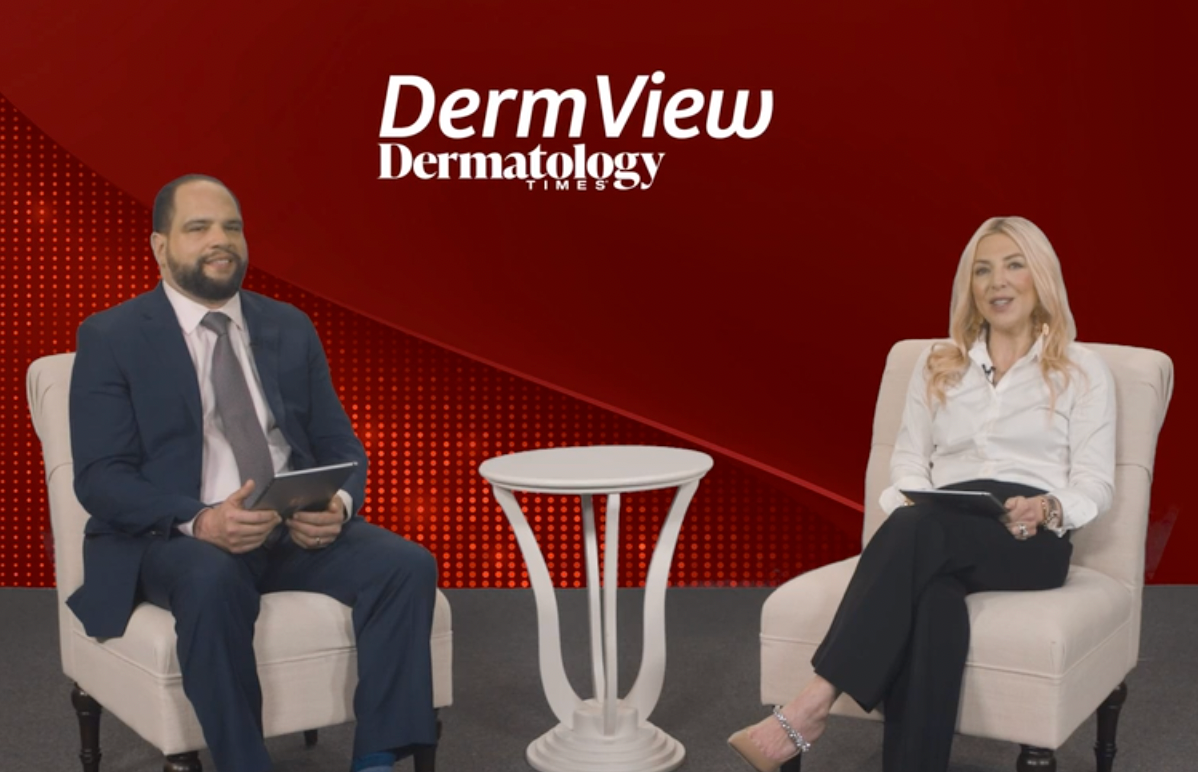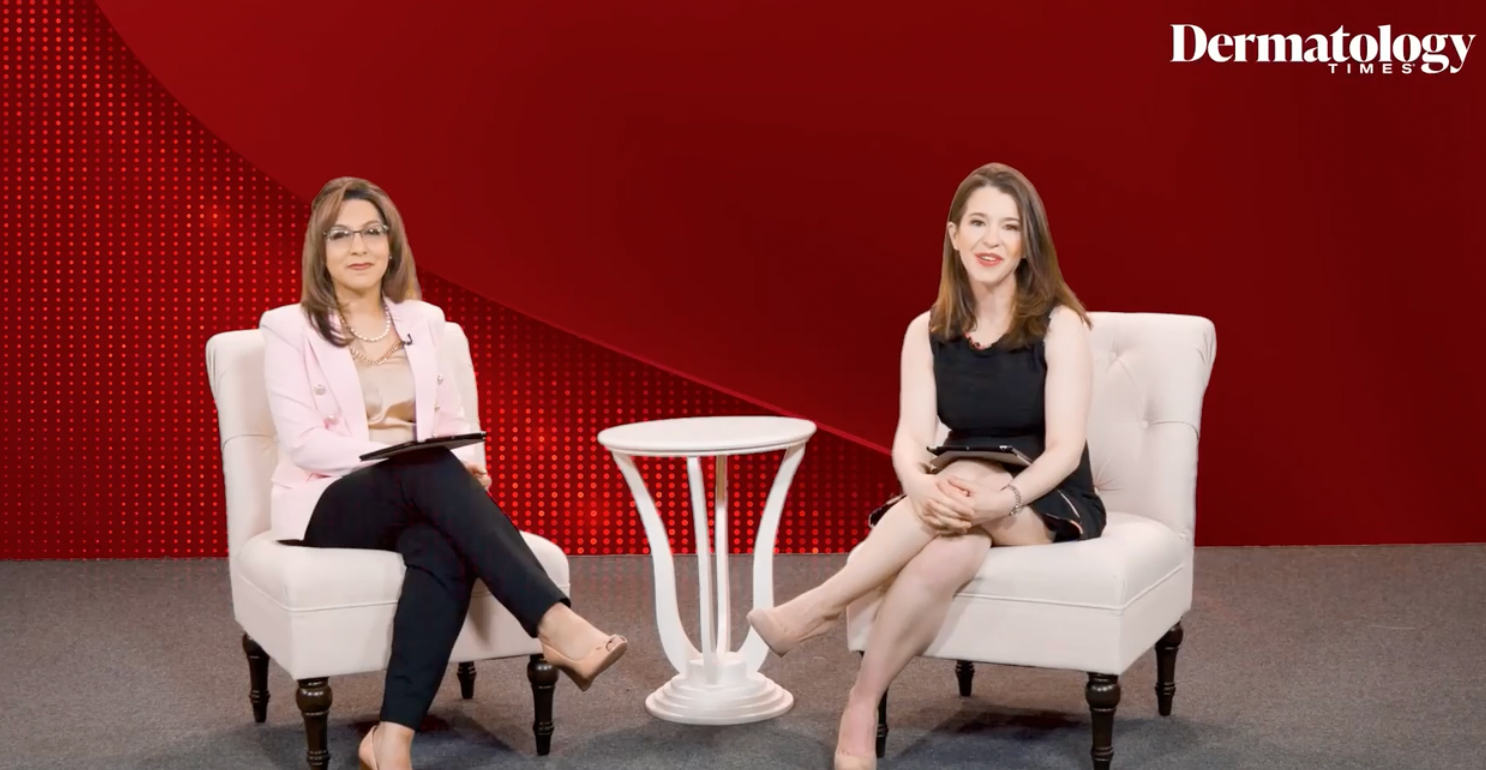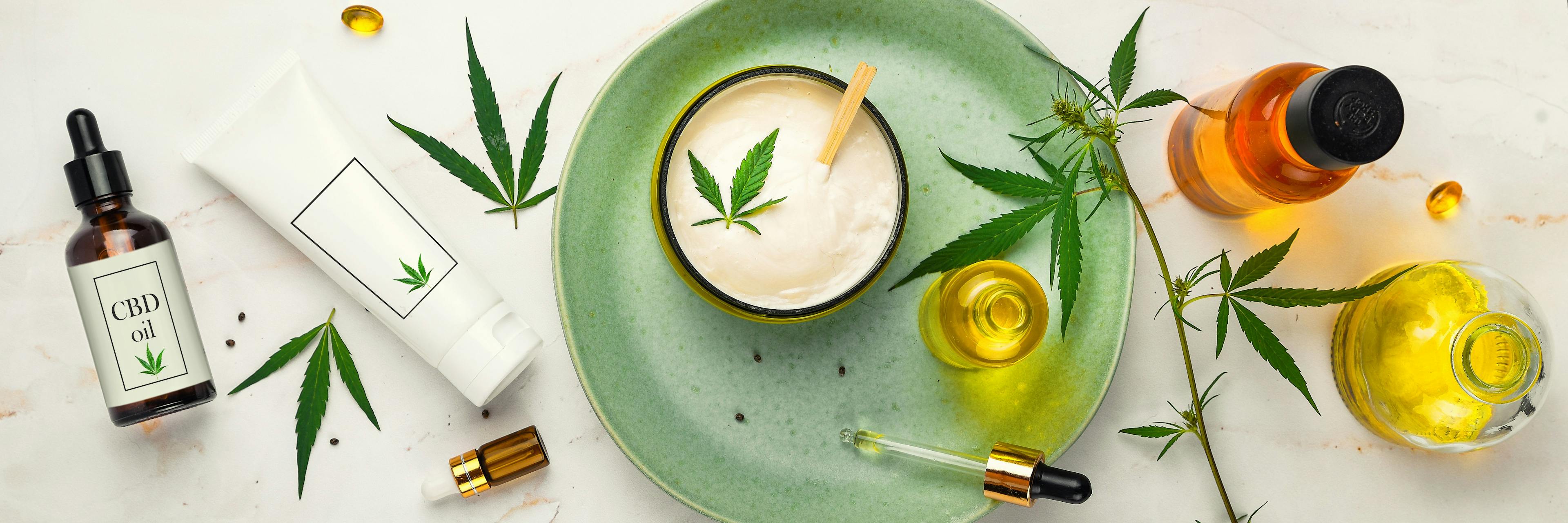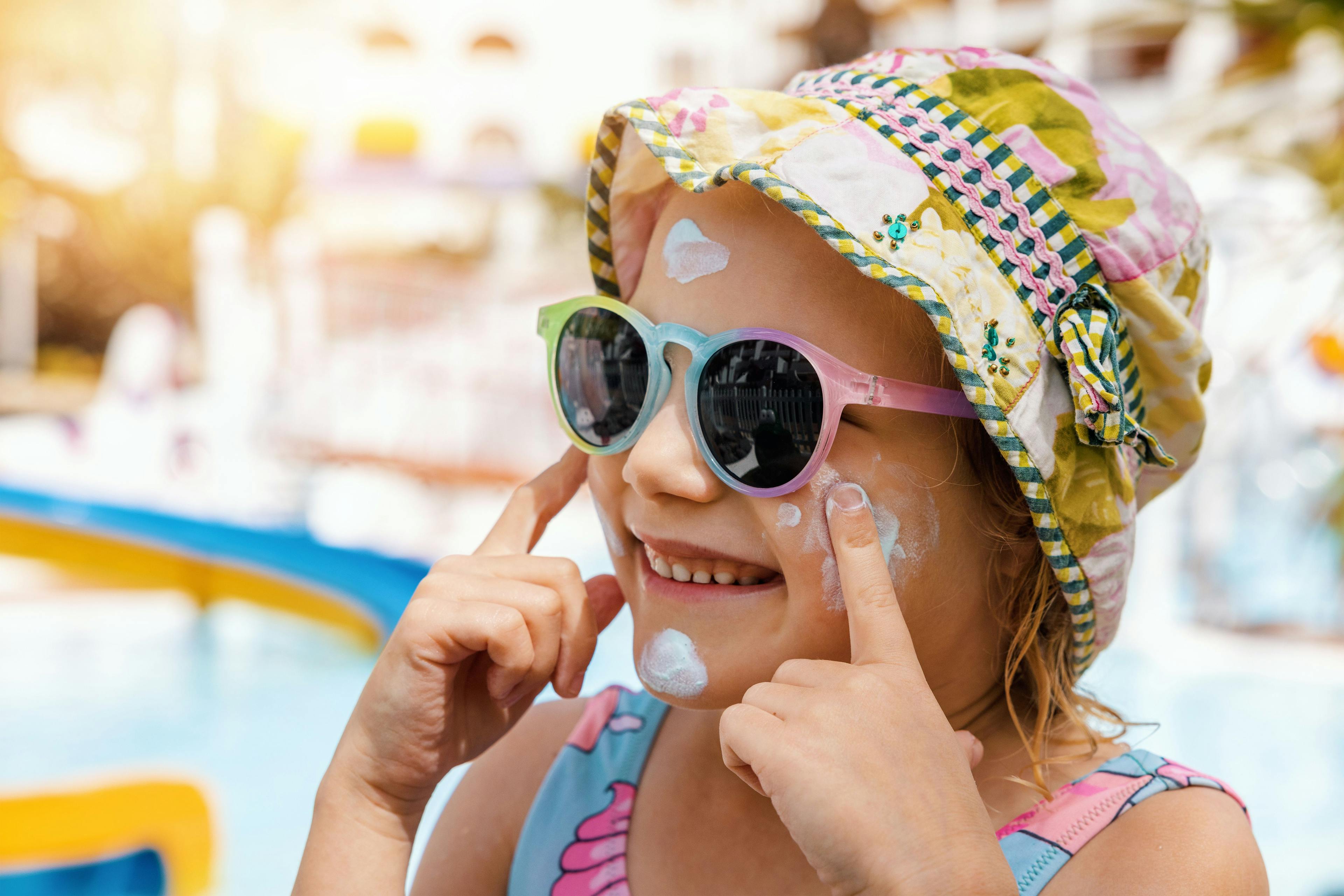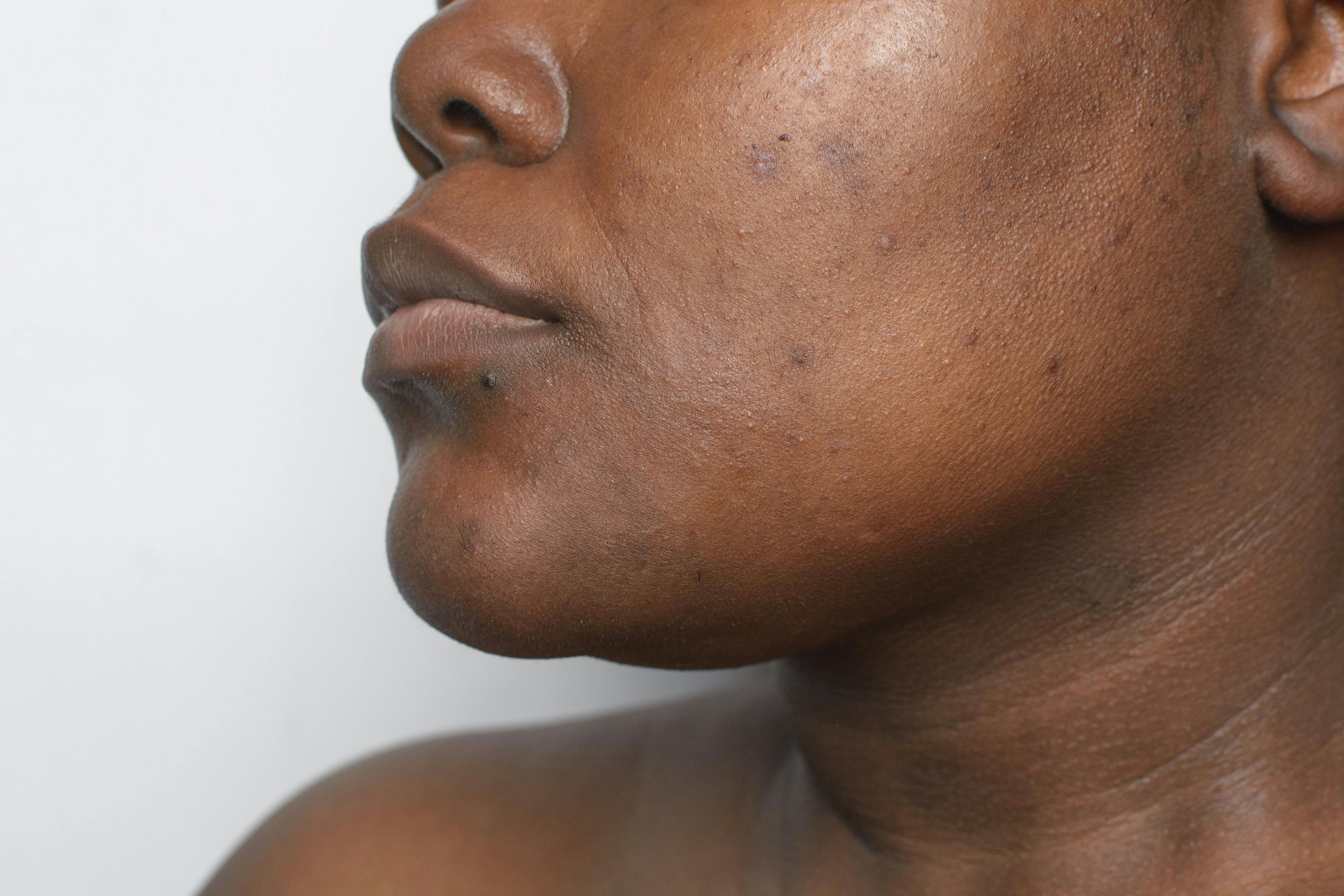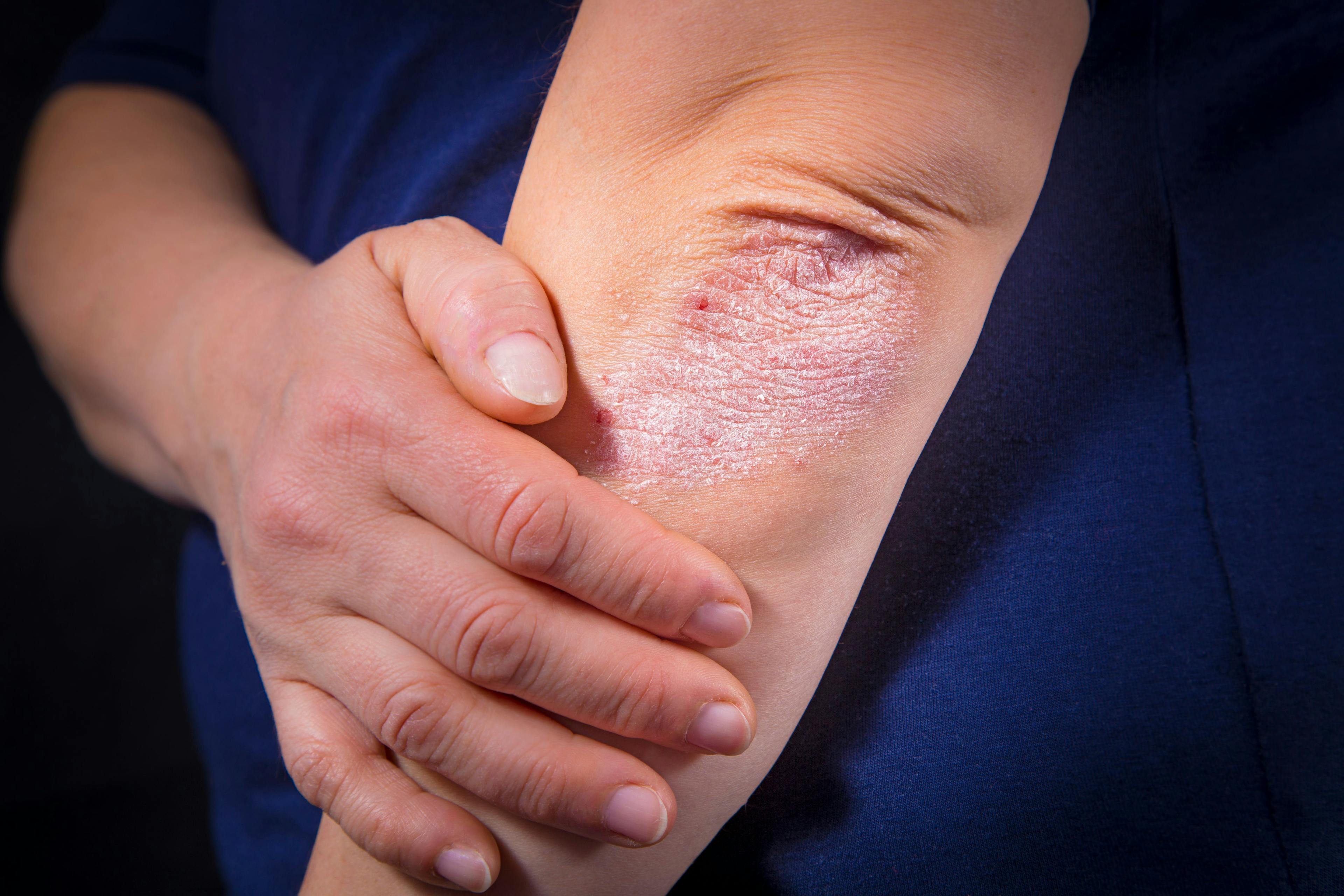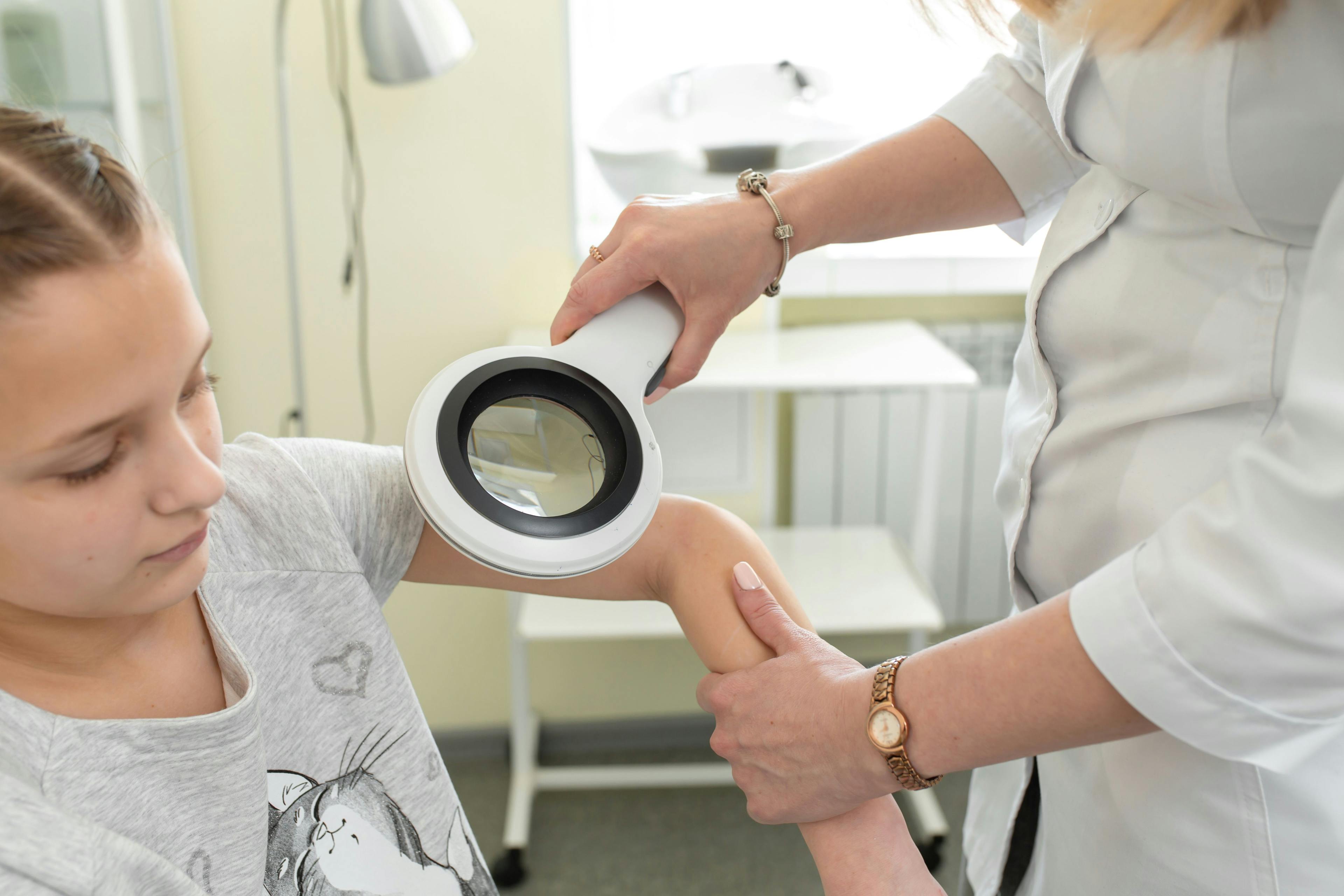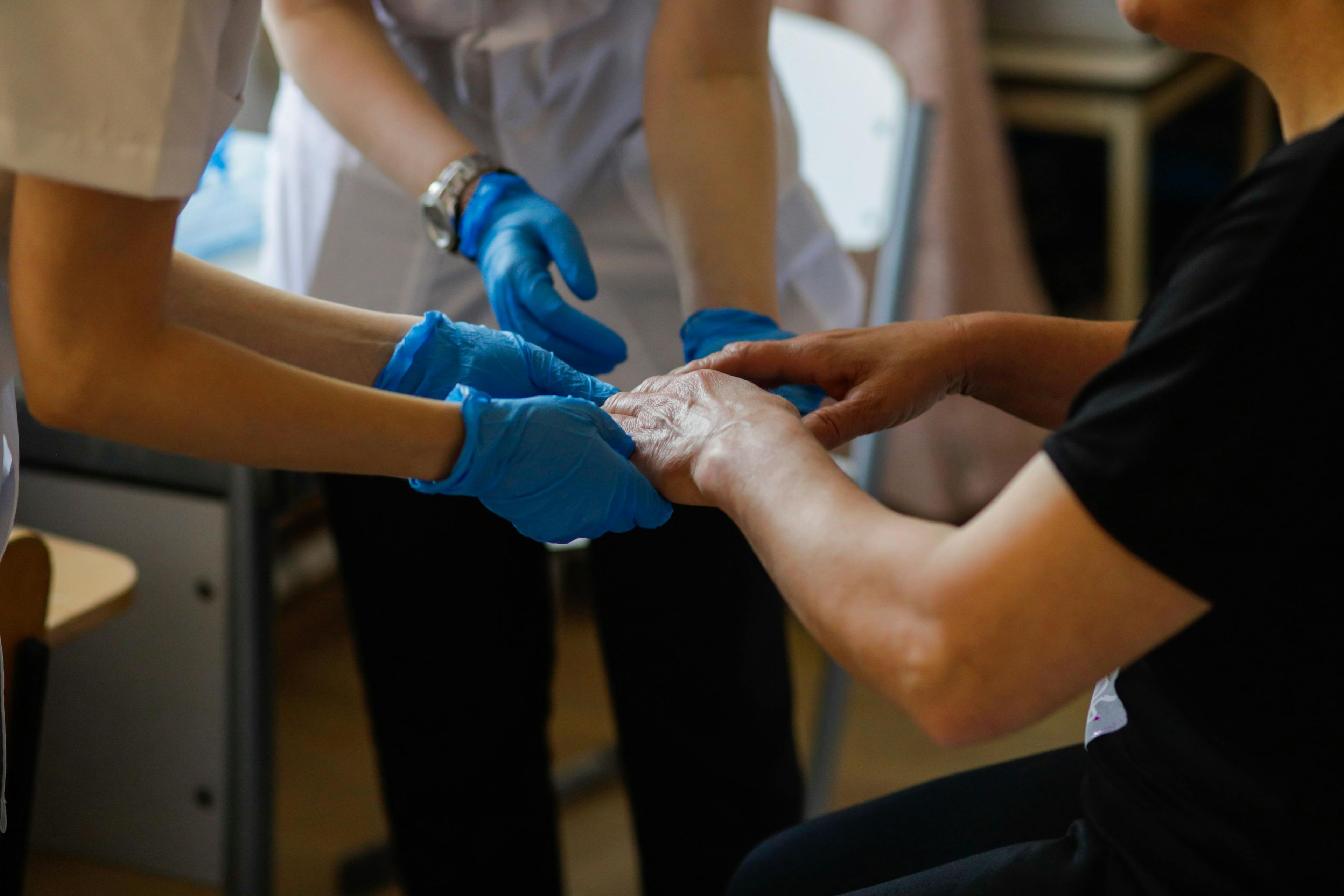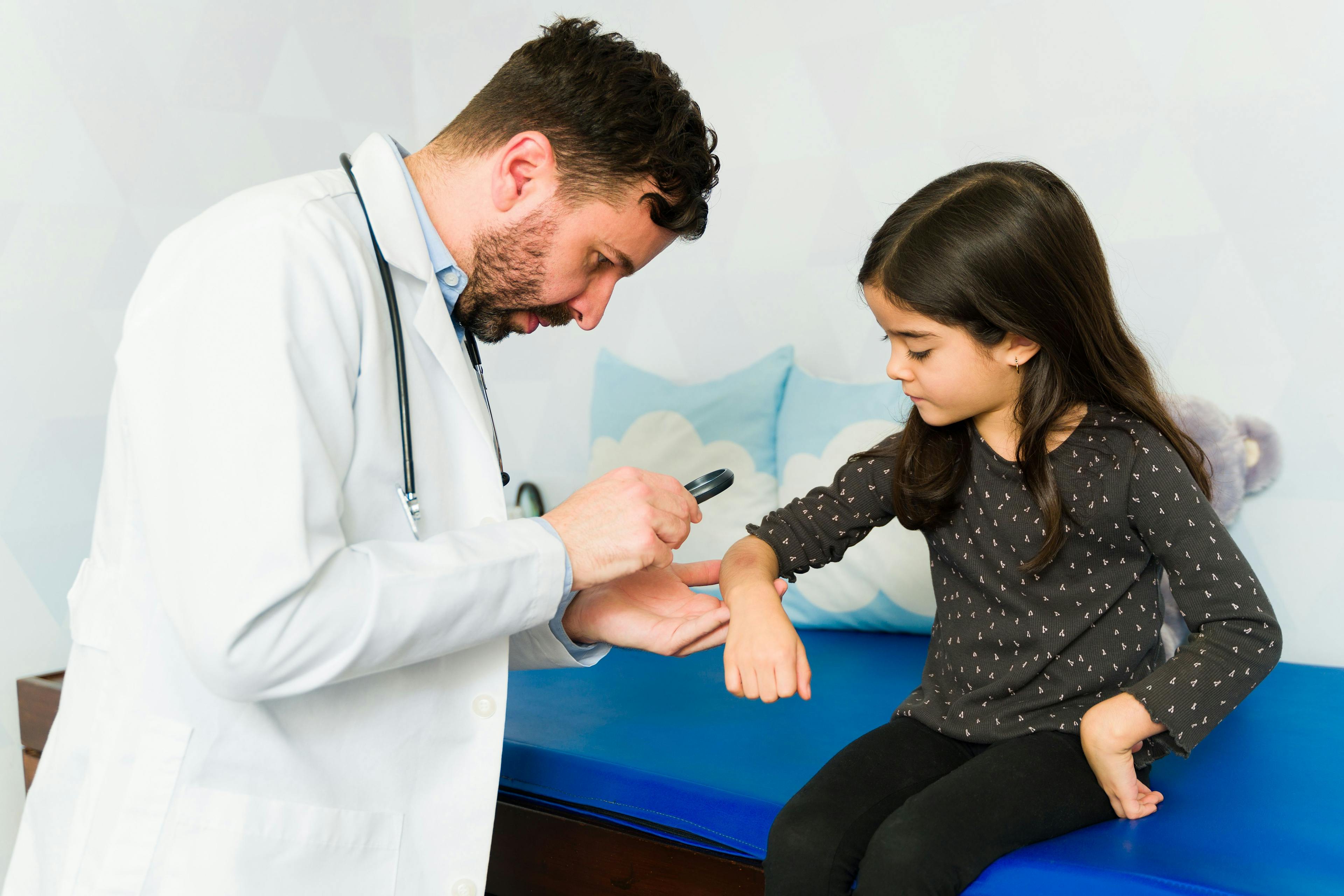- Acne
- Actinic Keratosis
- Aesthetics
- Alopecia
- Atopic Dermatitis
- Buy-and-Bill
- COVID-19
- Case-Based Roundtable
- Chronic Hand Eczema
- Chronic Spontaneous Urticaria
- Drug Watch
- Eczema
- General Dermatology
- Hidradenitis Suppurativa
- Melasma
- NP and PA
- Pediatric Dermatology
- Pigmentary Disorders
- Practice Management
- Precision Medicine and Biologics
- Prurigo Nodularis
- Psoriasis
- Psoriatic Arthritis
- Rare Disease
- Rosacea
- Skin Cancer
- Vitiligo
- Wound Care
News
Article
Dermatology Times
Microneedling Produces Beneficial Acne Vulgaris Outcomes Without Disrupting Skin Structure or Microbiome
Author(s):
Researchers sought to challenge the perception of microneedling as disruptive to the skin and disease states.
A recent study1 found that microneedling not only produced beneficial outcomes in patients with acne vulgaris but was capable of doing so without disrupting either the skin’s structure or its microbiome.
ARTFULLY-79/AdobeStock
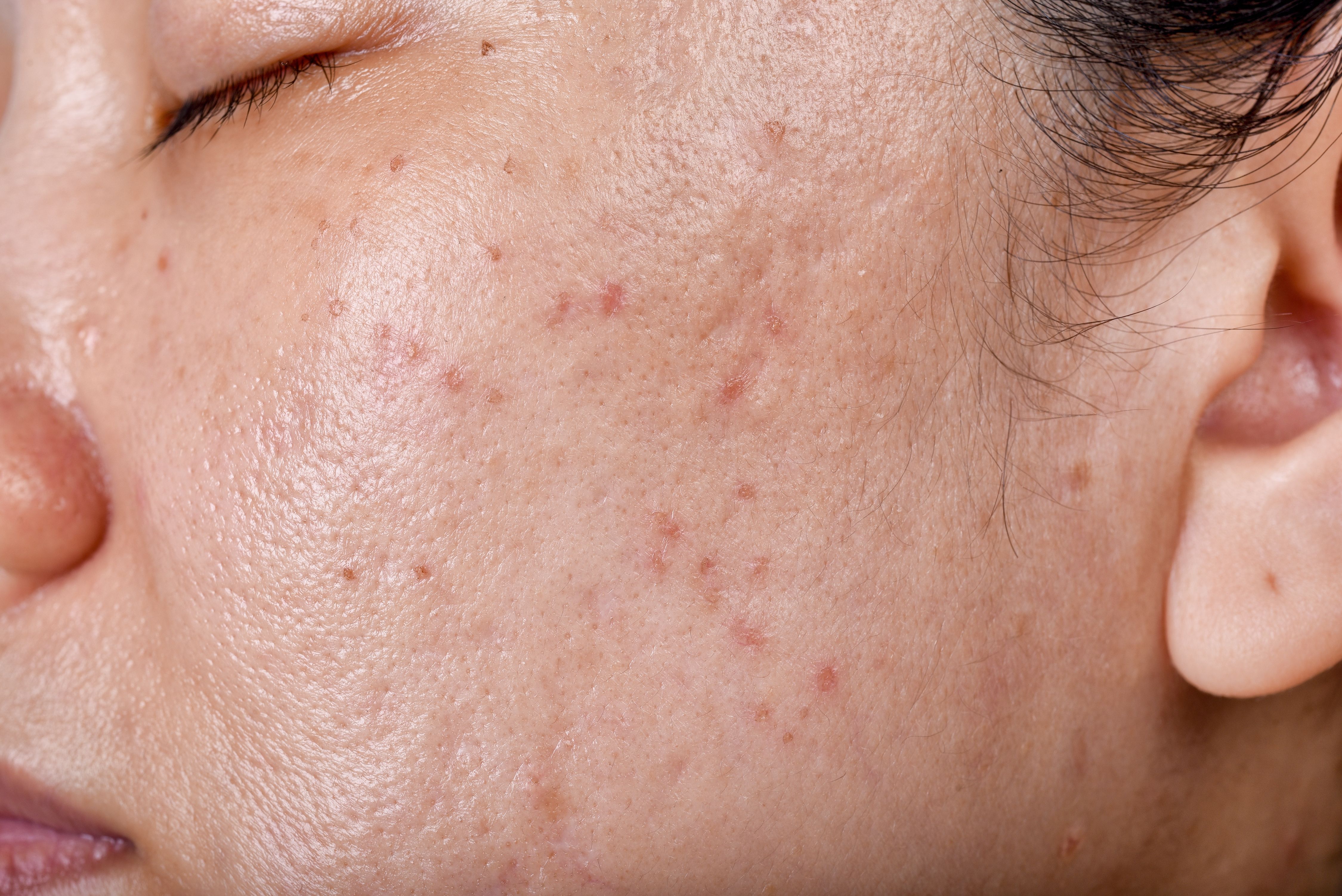
Researchers sought to investigate microneedling as a novel treatment modality by evaluating both is safety and efficacy in patients with acne vulgaris. They cited existing perceptions of microneedling and its effects on the skin, noting that these perceptions have hindered research: including the belief that microneedling may further exacerbate the skin and disease state, leading to the spread of acne microbes and an increase in acneic lesions.
The pilot clinical study included a total of 15 participants (11 females and 4 males) with an acne vulgaris diagnosis. Researchers screened patients prior to study inclusion to ensure adherence to several inclusion criteria, including an Investigator’s Global Assessment (IGA) score of 1 through 3 and a clinical acne vulgaris diagnosis.
Patients who were pregnant, lactating, had a non-acne history of inflammatory skin disease, a history of cosmetic treatments in the affected regions, and a history of topical acne treatments or systemic retinoids (previous 6 months) were excluded from participation.
At baseline, researchers conducted an assessment of participants’ acne by assigning each patient an IGA score, counting the number of acne lesions present, and using facial photography.
Patients were then assigned to 1 of 2 microneedling treatment groups, including group 1, which contained 9 participants, and group 2, which contained 3 participants. Both groups received microneedling treatment via Crown Aesthetics’ FDA-cleared SkinPen Precision System.
Every 4 weeks, members of group 1 received non-surgical microneedling treatments for a total of 3 sessions. Members of group 2 received the same treatment every 2 weeks for a total of 4 sessions.
Before and after treatments, all participants underwent facial photography. Researchers also confirmed changes in health with patients, as well as giving each patient an updated IGA score, acne count, and number of inflammatory lesions, including nodules, non-inflammatory closed/open comodones, papules, and pustules.
All patients were required to remove makeup 30 minutes prior to receiving treatment. Furthermore, researchers evaluated patients’ erythema prior to treatment. A numbing solution was applied to each participants’ face and removed with a gentle cleanser prior to microneedling.
“A clinician would treat each subject's face from hairline to jawline with the microneedling pen with treatment depths of up to 2.5 mm. After three passes to each treatment area with the microneedling device, the clinician would return and use the stamping technique on papular and pustular lesions,” wrote Alqam et al. “The clinician used the stamping technique to induce pinpoint bleeding on papules and until pustular content was released from the lesion. Treatment depth only exceeded 2.0 mm when the clinicians performed the stamping technique on inflammatory lesions.”
After treatment, all participants received the same care instructions and aftercare products, including a cleanser, sunscreen, and moisturizer.
During the last 2 sessions, all participants completed a patient satisfaction questionnaire. 2 months after their last session, they were requiredto return for a post-treatment acne evaluation.
At the 2-month follow-up visit, members of group 1 had experienced a 48.20% decrease in non-inflammatory lesions and a 57.97% decrease in inflammatory lesions, while members of group 2 underwent a 54.00% decrease in inflammatory lesions and a 36.67% decrease in inflammatory lesions. Researchers noted a statistically significant reduction in both non-inflammatory and inflammatory lesions when comparing outcomes to baseline data.
Furthermore, the average IGA score in members of group 1 at baseline was 2.11, while the average score had decreased to 1.11 by the post-treatment visit. The average IGA score for members of group 2 at baseline was 2.33; at the 2-month follow-up visit, this average had decreased to 1.33.
No changes in erythema were reported from baseline to follow-up.
100% of participants reported satisfaction at their third visit, while 92% reported satisfaction at their fourth visit. 100% of participants had reported satisfaction with their outcomes and results at their fifth visit. All patients reported that they would recommend microneedling to treat acne vulgaris. All participants, aside from 1 patient, reported a 50% or higher improvement in the appearance of their acne.
“Despite the lack of published evidence, it is widely accepted and held as a scientific fact that microneedling is an unacceptable treatment for acne. Misconceptions and warnings about microneedling over acneic lesions are currently being propagated over social media, blogs, and other non-scientific outlets, despite them providing no empirical data to support such claims,” Alqam et al wrote. “There is a need for non-pharmacological treatments for acne that do not compromise the skin microbiome or damage the sebaceous glands. Further investigation and a more in-depth look at how a medical device procedure could impact the skin microbiome is essential as the skin microbiome becomes a novel focus in the treatment of dermatological conditions.”
Reference
- Alqam, M. L., Jones, B. C., & Hitchcock, T. M. (2023). Study to determine the safety and efficacy of microneedling as an effective treatment for acne vulgaris. Skin Health and Disease. https://doi.org/10.1002/ski2.264

Newsletter
Like what you’re reading? Subscribe to Dermatology Times for weekly updates on therapies, innovations, and real-world practice tips.


